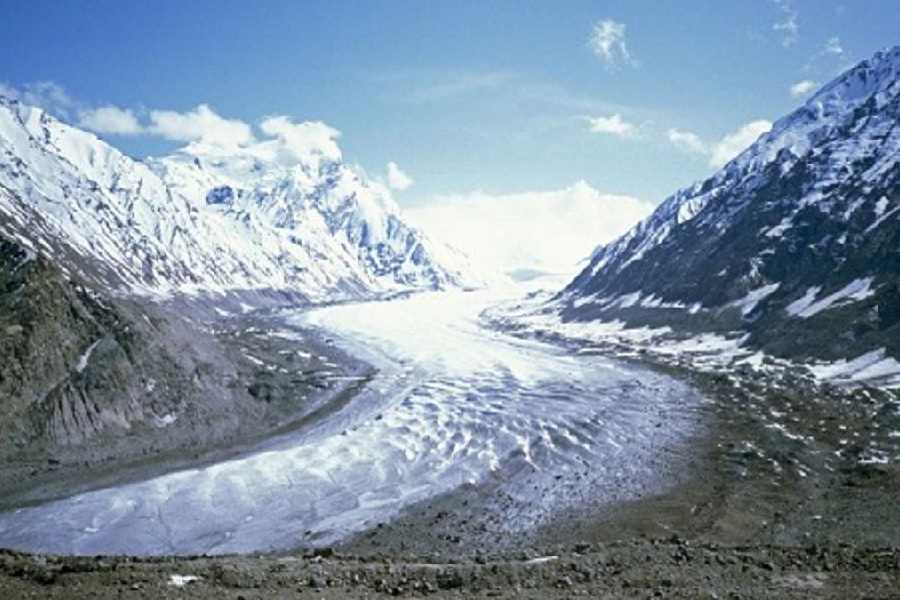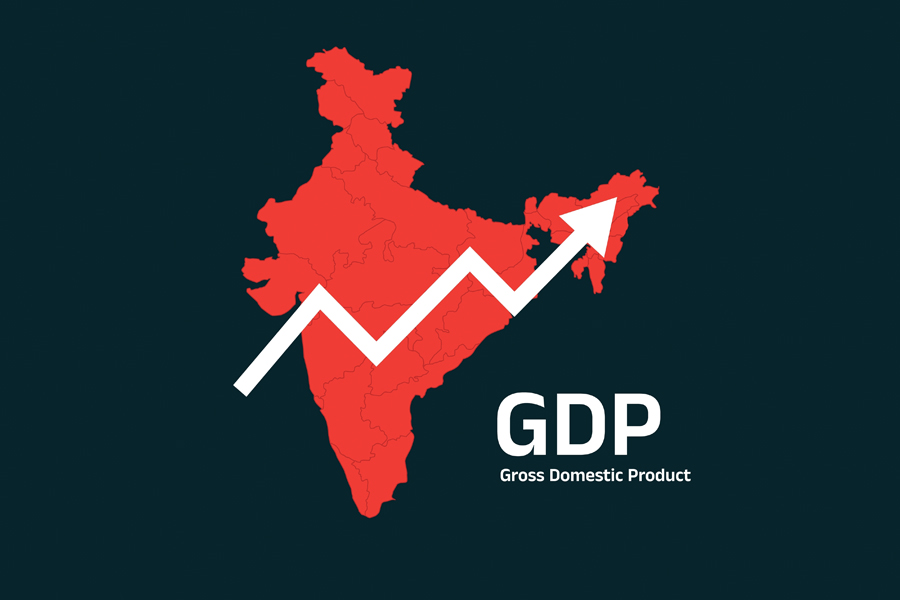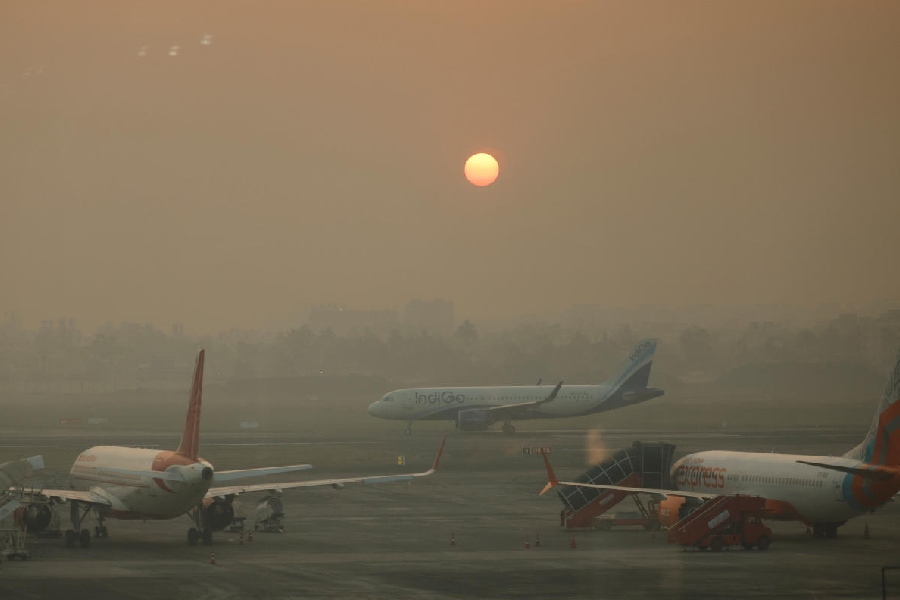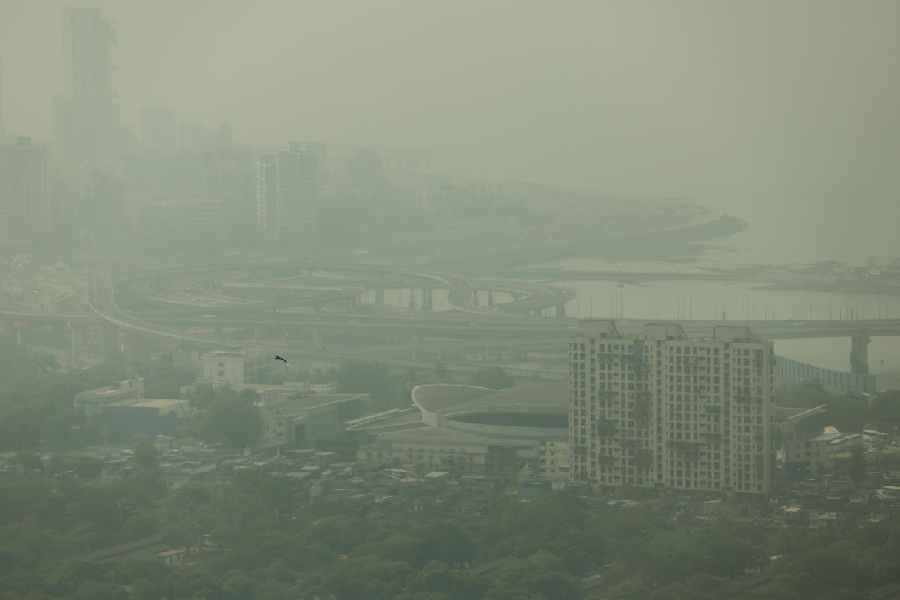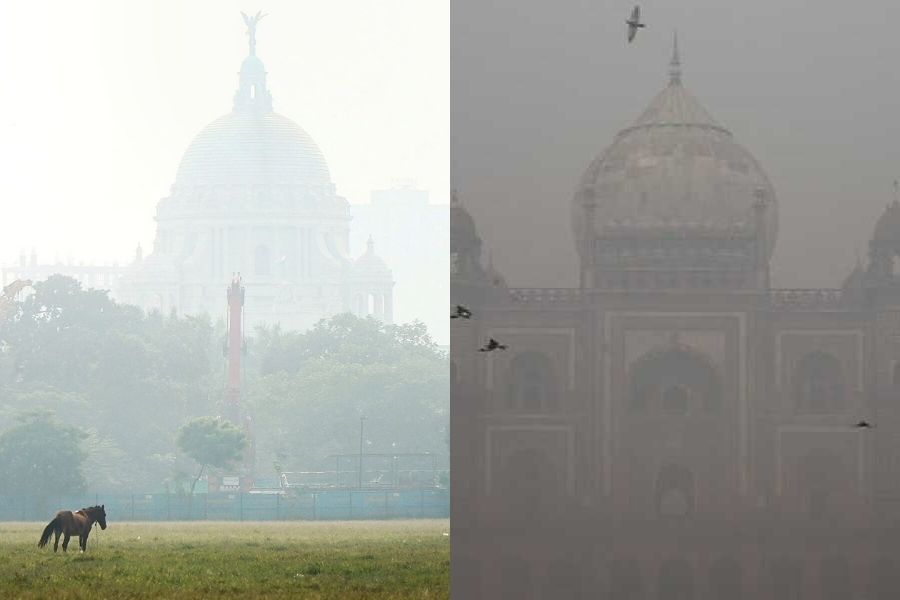While addressing the Sagarmatha Sambaad, a biennial global summit assessing the impact of climate change on mountains, in Kathmandu recently, India’s Union minister of environment, forest and climate change, Bhupender Yadav, sounded the alarm about the growing ecological vulnerability of the Himalayas. The susceptibility of the ‘third pole’ — the Himalayas are so named owing to their deposits of snow and ice that are the largest after the Arctic and the Antarctic — to the debilitating impacts of global warming is not new information. As early as 2010, the International Centre for Integrated Mountain Development in Kathmandu had flagged the fragility of the Hindu Kush-Karakoram-Himalayan ecosystem. Further, the first climate change assessment report published by India’s ministry of earth sciences in 2020 stated that the HKH, which spans eight countries, had warmed by about 1.3 degrees Celsius between 1951 and 2014. The retreat of the Himalayan glaciers triggered by temperature rise, along with unplanned human activity on the fragile ecosystem, has led to an alarming depletion of water levels in the Himalayan rivers. This has disastrous consequences for India’s agriculture and food security. There has also been a rise in the frequency of natural catastrophes. From 2013 to 2022, the region recorded as many as 68 disasters, leading to huge losses in life and property, adversely affecting the marginalised hill communities which, ironically, contribute the least to climate change. The 2015 Nepal earthquake, the incidence of land subsidence in Joshimath in 2023, and the glacial lake outburst floods in Sikkim are indicators of the serious — irreversible? — damage that has afflicted the upper reaches of the Himalayas.
Mr Yadav’s call for glacial preservation comes at a crucial time. Last year, the environment ministry had warned that if extreme emissions were not reduced, there would be a 53.77% reduction in snowmelt runoff in the Himalayas by 2090. The United Nations has declared 2025 as the International Year of Glaciers’ Preservation. All this points to the need for undertaking contingency measures within India as well as transnationally. These should include improvement in mountain water governance — increasing the number of artificial glaciers in Ladakh can be looked into — to reduce water insecurity, risk-mitigation efforts, such as building climate-resilience infrastructure, as well as a leash on predatory construction, development projects and tourism. Mechanisms to regularly monitor glaciers and the setting up of early warning systems for floods must also be prioritised.

